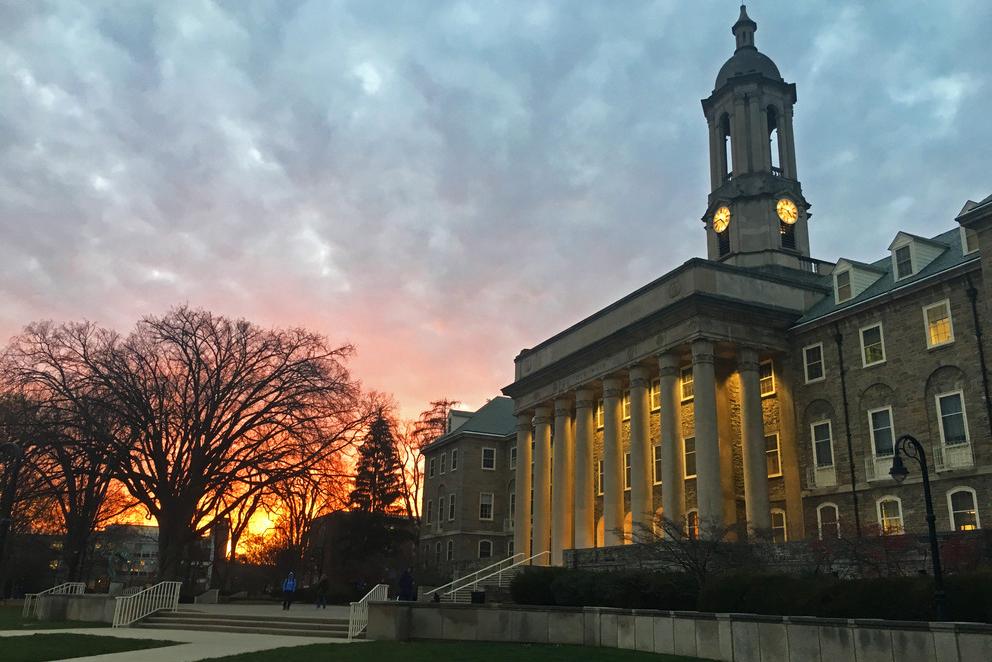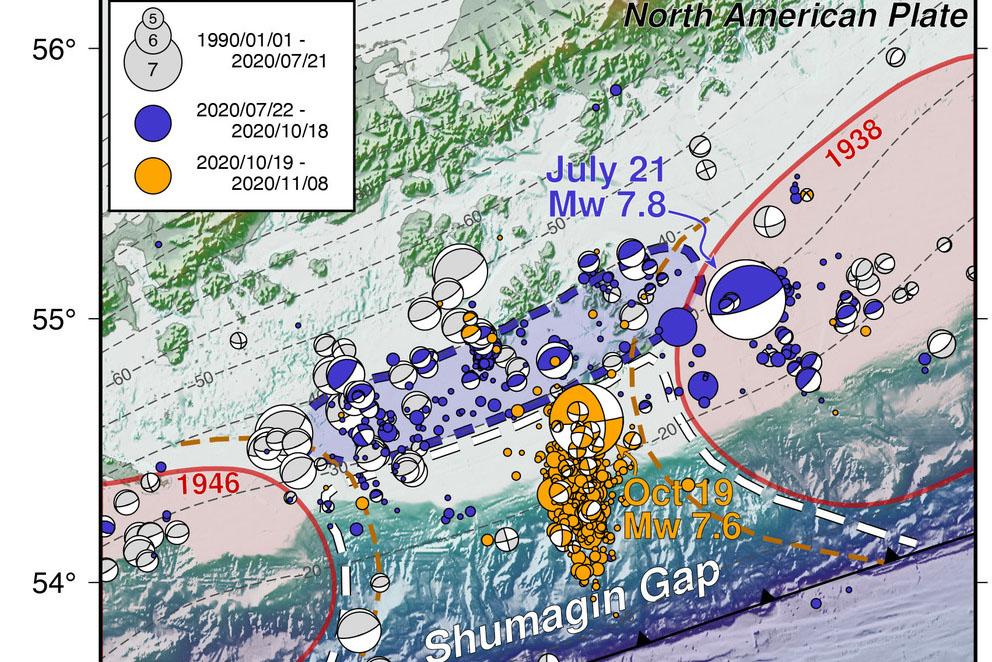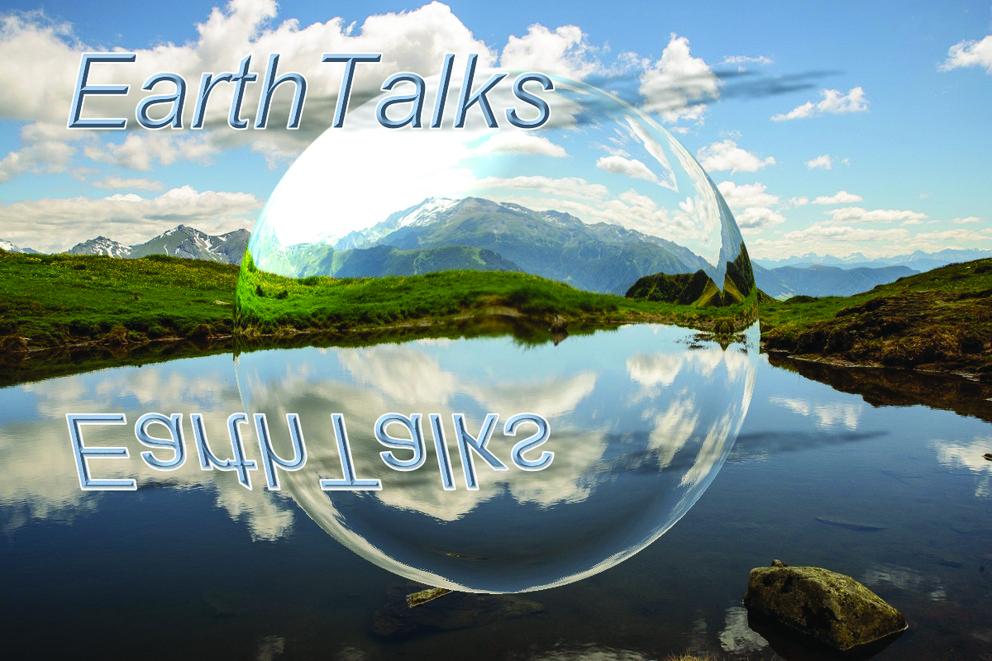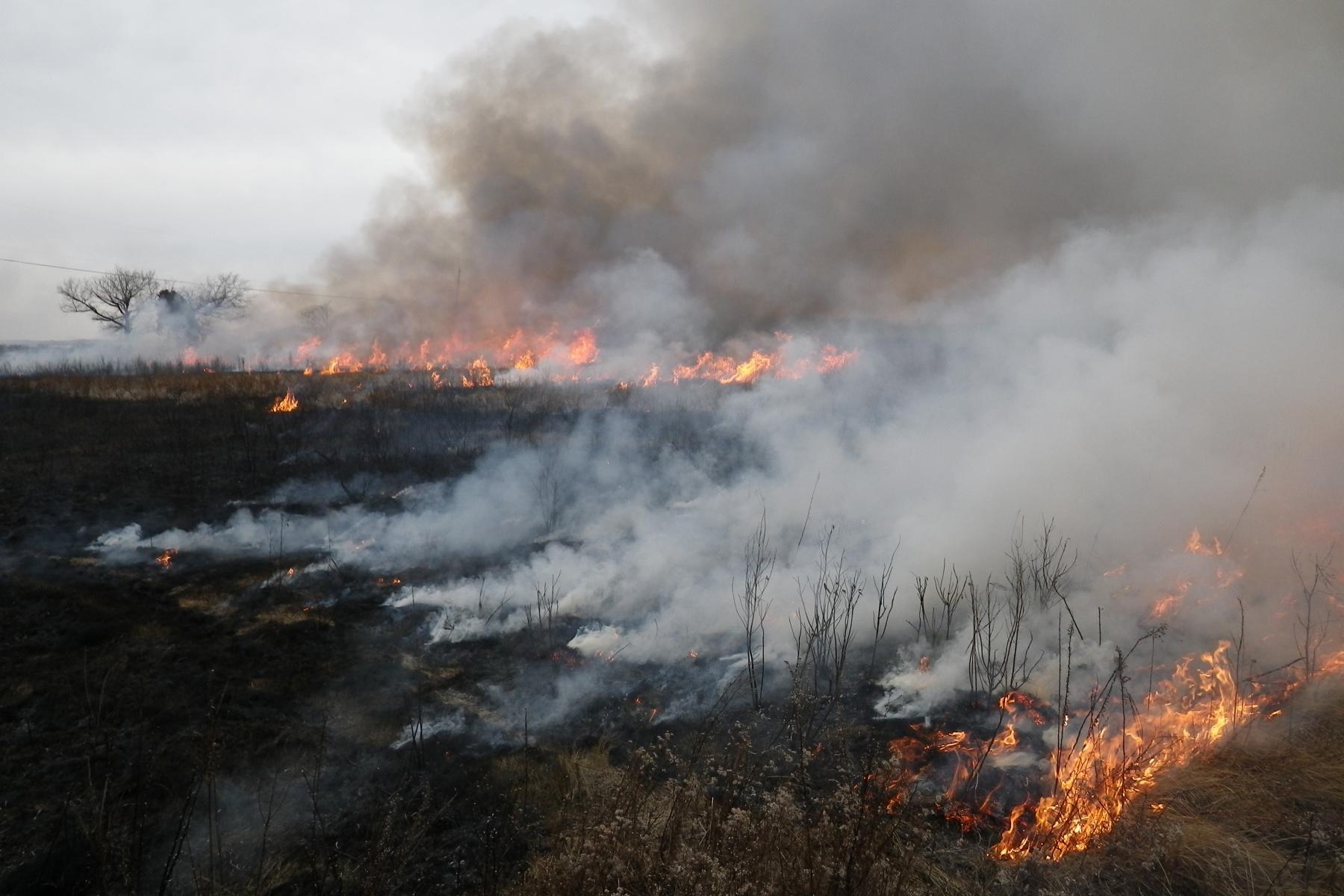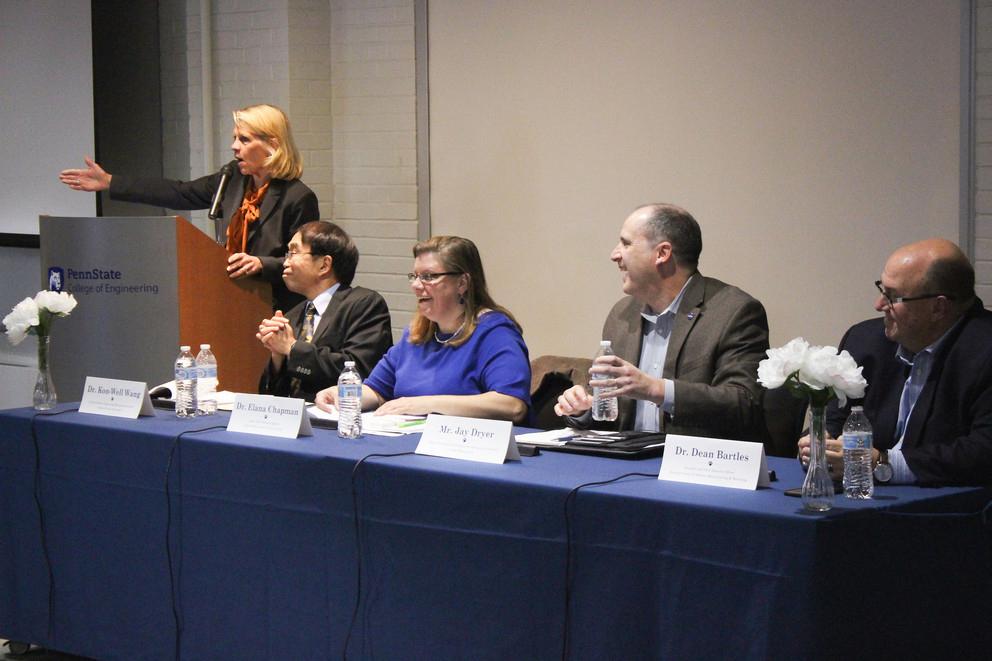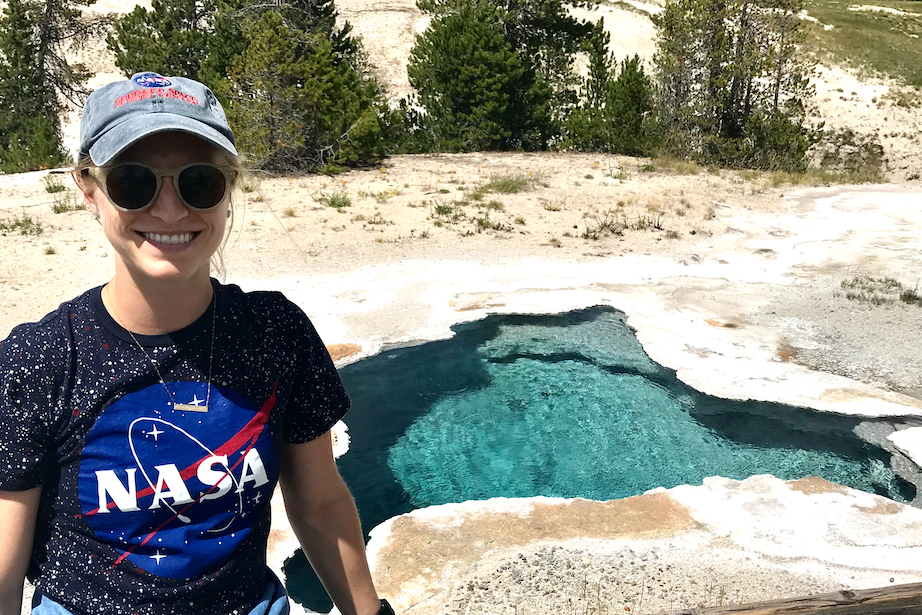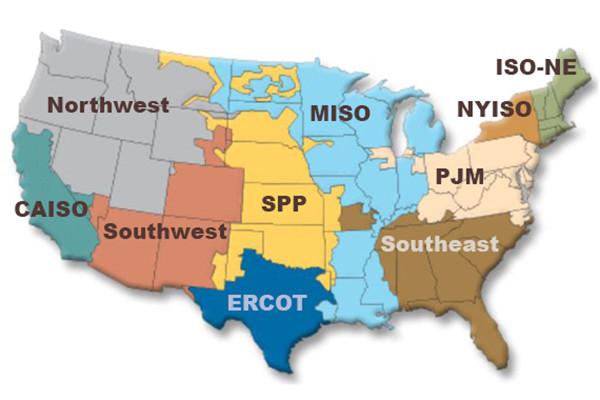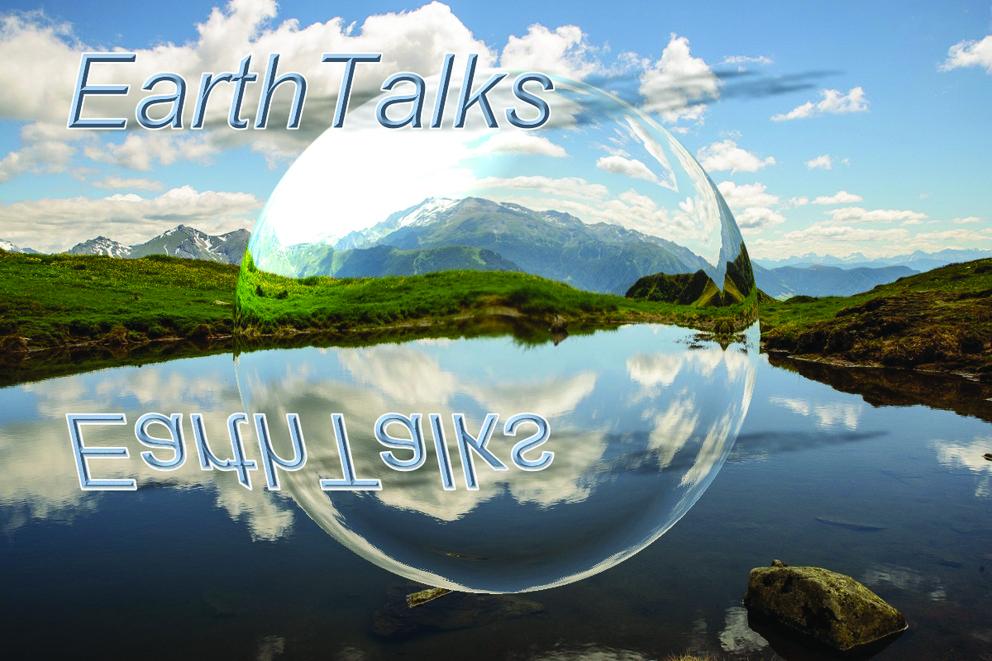Penn State alumni Robert and Linda Malecky have pledged a gift of $125,000 to support the Summer Founders program, a 13-week entrepreneurial bootcamp.
Penn State researchers published a perspective article on March 19 in Science, highlighting smart materials that can sense environmental changes and respond accordingly — without externally transferring data — as one avenue to avoid data overload.
The wrong type of earthquake in an area where there should not have been an earthquake led researchers to uncover the cause for this unexpected strike-slip earthquake — where two pieces of crust slide past each other on a fault — in places where subduction zone earthquakes — one geologic plate slipping beneath another — are common.
Paul Shrivastava, chief sustainability officer, director of the Sustainability Institute and professor of management at Penn State, will discuss how Penn State is attempting to institutionalize sustainability at the University, in Pennsylvania and around the world, at a talk at 4 p.m. Monday, March 29.
Rebecca Bird, professor of anthropology at Penn State, will discuss the importance of controlled burning as a way for indigenous communities to increase dietary quality and foster environmental justice and autonomy during a seminar at 11:15 a.m. Wednesday, March 24.
Penn State alumna Elana Chapman, senior fuels and biofuels engineer at General Motors (GM), has been recognized for her impacts within the fuel industry.
In its first weeks on Mars, NASA’s Perseverance rover has captured dazzling highlights, from video of its own dramatic landing to the first audio recordings from the red planet, the sounds of wind blowing and the rover’s laser zapping rocks.
A panel of energy experts from Penn State and industry will discuss questions around energy resilience at 4 p.m. EST on Thursday, March 25, via Zoom.
The Penn State Center for Socially Responsible Artificial Intelligence recently announced the recipients of its inaugural round of seed funding, including a project featuring faculty in the College of Earth and Mineral Sciences.
Lisa Iulo, associate professor of architecture and director of the Hamer Center for Community Design at Penn State, will discuss strategies for designing the built environment across scales and systems to avoid a global hothouse at 4 p.m. on Monday, March 22.


